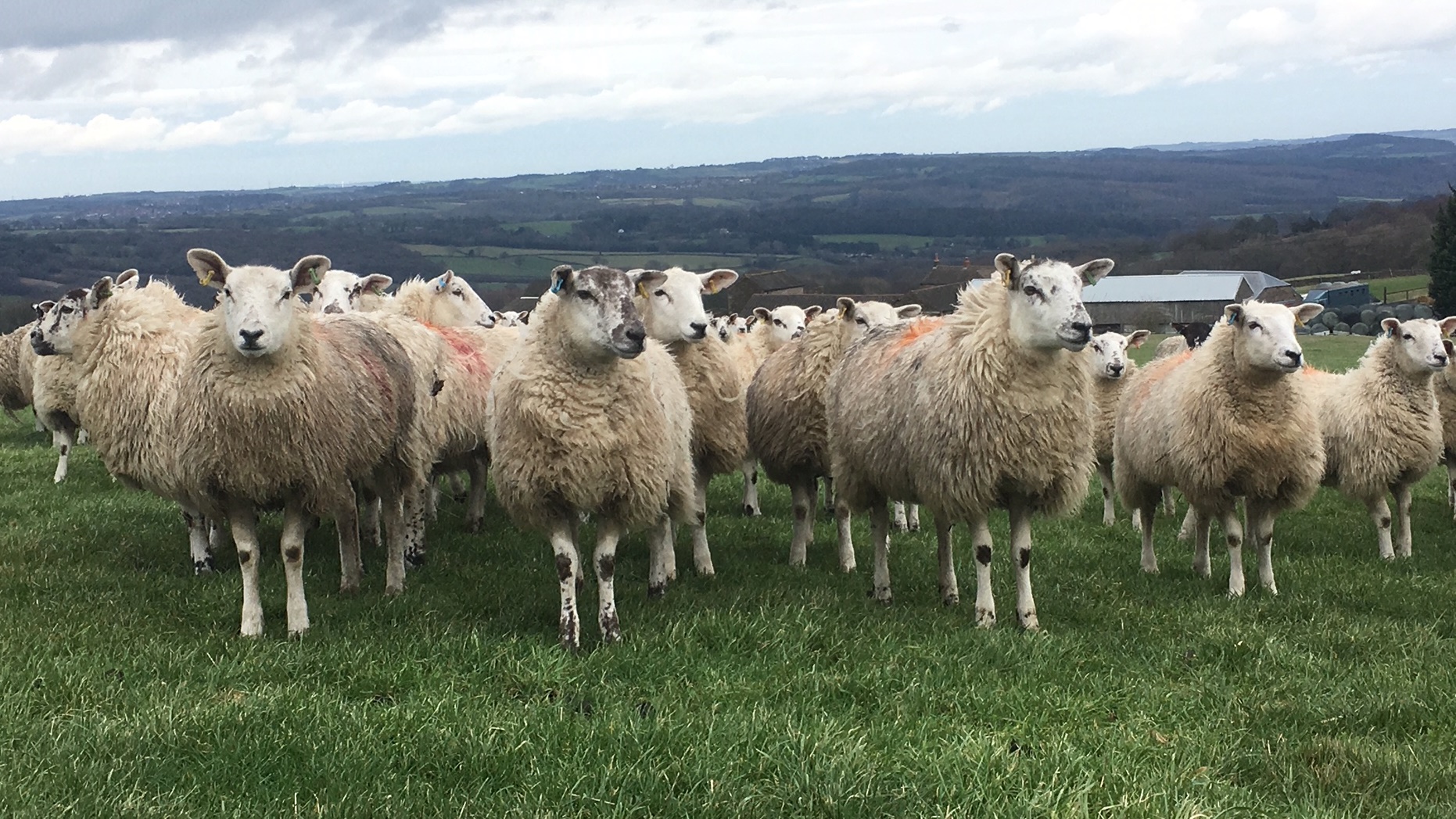- Home
- Knowledge library
- Selecting ewe lambs for breeding
Selecting ewe lambs for breeding
In this section of the Breeding from ewe lambs series we look at factors to consider when selecting ewe lambs.
When deciding whether to buy in or retain replacements, you should consider your farming system, flock health status and goals set for genetic improvement.
Target weights
In general, ewe lambs should gain about 250 g per day from weaning until six weeks after mating. High quality grass should be enough. If grass is in short supply, offering up to 0.5 kg/head/day of mineralised whole grain (oats or barley) will help weight gain.
Target: ewe lamb liveweight at mating should be 60% of mature body weight
|
Breed |
Mature body weight (kg) (average) |
Target weight at mating as ewe lamb (kg) |
|
Black Face/Hill Cheviot |
55 |
33 |
|
Lleyn |
60 |
36 |
|
Mule |
70 |
42 |
|
Continental cross |
80 |
48 |
|
Aberfield |
65 |
39 |
|
Texel |
80 |
48 |
|
Romney |
65 |
39 |
Weigh a sample of your ewes to establish the average mature ewe weight for your flock.

Age
Ewe lambs begin cycling later in the season than mature ewes (even the same breed or cross), resulting in a shorter mating season.
It is assumed that ewe lambs are not mated when younger than 7–8 months of age, when their young age and lighter body weight would make conception rates too low.
Self-replacing flocks are advised to keep 25% more ewe lambs than required for two main reasons:
- A proportion will not become pregnant because of low ovulation rates and high embryo mortality
- On Challenge Sheep farms, an average of 30% of ewes were barren (range: 13–45%)
- To increase scope for selection: lambs that are not pregnant can be sold without reducing flock size
You may want to apply selection pressure for lambs that hold to first service because these animals are likely to be naturally more fertile than those that become pregnant in subsequent cycles. Culling the latter after the first lambing can lead to a gradual improvement in fertility within the flock.
Do not select replacement ewe lambs solely on the basis of body weight. Female replacements from ewes that are persistently lame, need excessive dagging, have prolapsed, are poor mothers or that produce weak lambs should not be kept.
Effective record-keeping is essential to match up breeding ewes with their offspring.
Purchased ewe lambs
Buy ewe lambs from one source and if possible, the same source every year, to reduce the risk of introducing disease onto your farm.
Ideally, ewe lambs should have been sired by rams that have good estimated breeding values (EBVs). If available, use information on maternal ability (determined by lamb weight at weaning) and litter size (derived from lambing data).
Bought-in ewe lambs will probably be naïve to the diseases on your farm. Quarantine treatment for internal and external parasites is recommended, following Sustainable Control of Parasites in Sheep (SCOPS) principles.

Top tips for managing bought-in replacements
- Buy replacements at least 6–8 weeks before tupping
- When purchasing ewe lambs, find out about their vaccination and treatment history so treatments aren’t duplicated
- On arrival, check for signs of disease and treat any problems immediately
- Implement the following worm control regime, as recommended by SCOPS:
- Treat sequentially with two wormer products. Current recommendations are Group 4 AD (orange) or Group 5 SI (purple) and where there is a known sheep scab risk, consider treatment with macrocyclic lactone (ML) injection (as per product datasheet) or organophosphate (OP) dip
- Yard or house for 24–48 hours
- Turn out on to ‘dirty’ pasture
- Implement a vaccination programme, e.g. abortion and clostridial diseases
- Spread vaccinations out over a few weeks to allow full development of antibodies well before tupping
- Keep incoming sheep separate from the main flock for a minimum of 21 days, but ideally until after lambing
A further month of quarantine is always advisable before mixing with other sheep on farm to monitor the development of other diseases. It is good practice to foot-bath the ewe lambs when they arrive on farm to prevent the transmission of footrot.
Explore the rest of the series
Topics:
Sectors:
Tags:







